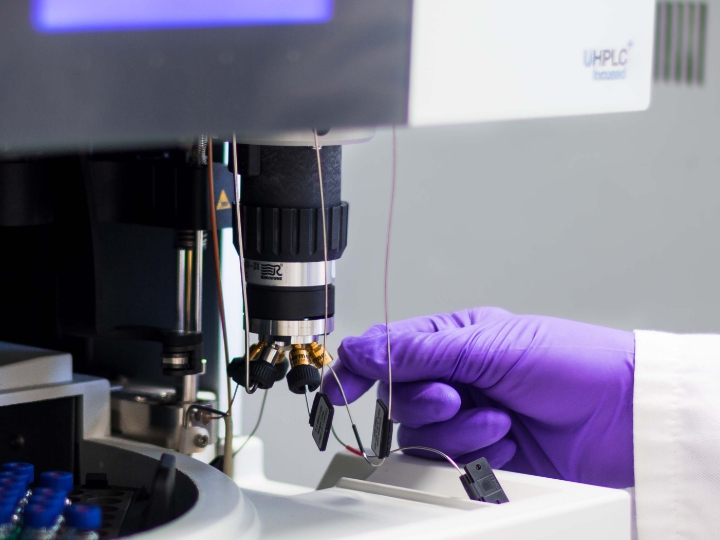The MALDI analysis is a diagnostic tool not a precise quantitative method. It cannot be used to confirm purity or identity of compound. But it is great for fast analysis/comparison of multiple closely related samples. The following examples are provided to illustrate possible applications of MALDI technique.
Let say, you are a strawberry grower. You grow 2 kind of strawberries, one regular and one organic, and you want to know if there are any difference between them. You take equal amounts of regular and organic strawberries, blend them to prepare homogeneous mixtures, mix them with a matrix and analyze them using MALDI technique. You should get similar but not identical data: slightly different amounts of sugars, flavors, metabolites. For regular strawberries you might see the presence of some pesticides or fertilizers. (But if you do not see them, it does not mean they are not there!) So, in the future, if you have an unlabeled box of strawberries, you should be able to say they are organic or regular.
Now, let say it takes 90 days for organic strawberries to become ripe. It is very difficult to transport ripe strawberries, and you would like to know if maybe you can collect them early as long as they are sweet enough. Again, you can use MALDI technique to get a good idea about relative content of sugars vs some other compounds.
Finally, you noticed that some animal bites off the ends of your strawberries, and you wonder, why? You take one strawberry, freeze it, cut a very thin slice of it, and put it in a slide glass. After adding some matrix compound you can use MALDI imaging technique to see the distribution of previously determined compounds through out one berry.
References:
Jin Wang, Ethan Yang, Pierre Chaurand, Vijaya Raghavan “Visualizing the distribution of strawberry plant metabolites at different maturity stages by MALDI-TOF imaging mass spectrometry”, Food Chemistry, Volume 345, 2021, 128838, ISSN 0308-8146, https://doi.org/10.1016/j.foodchem.2020.128838.


